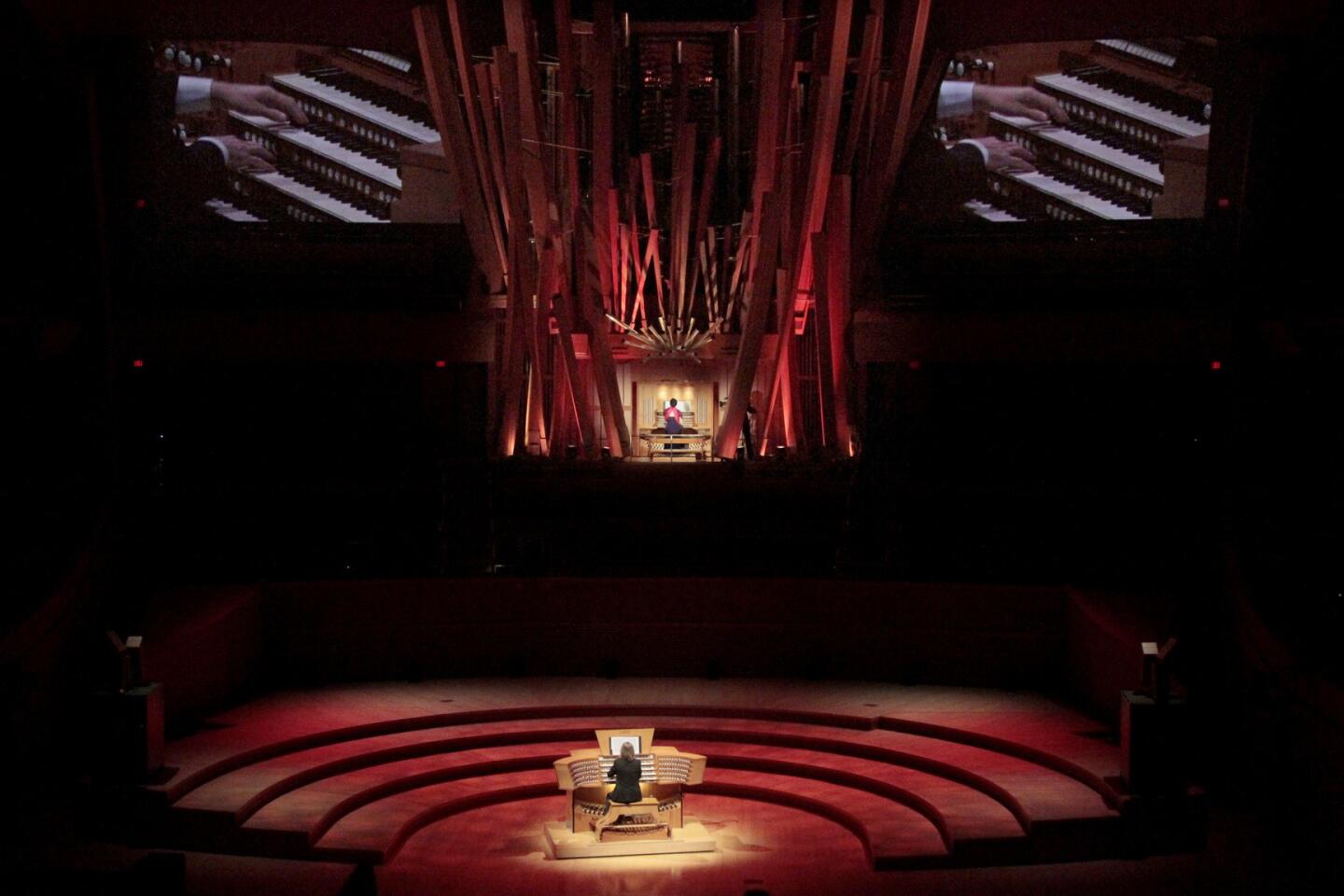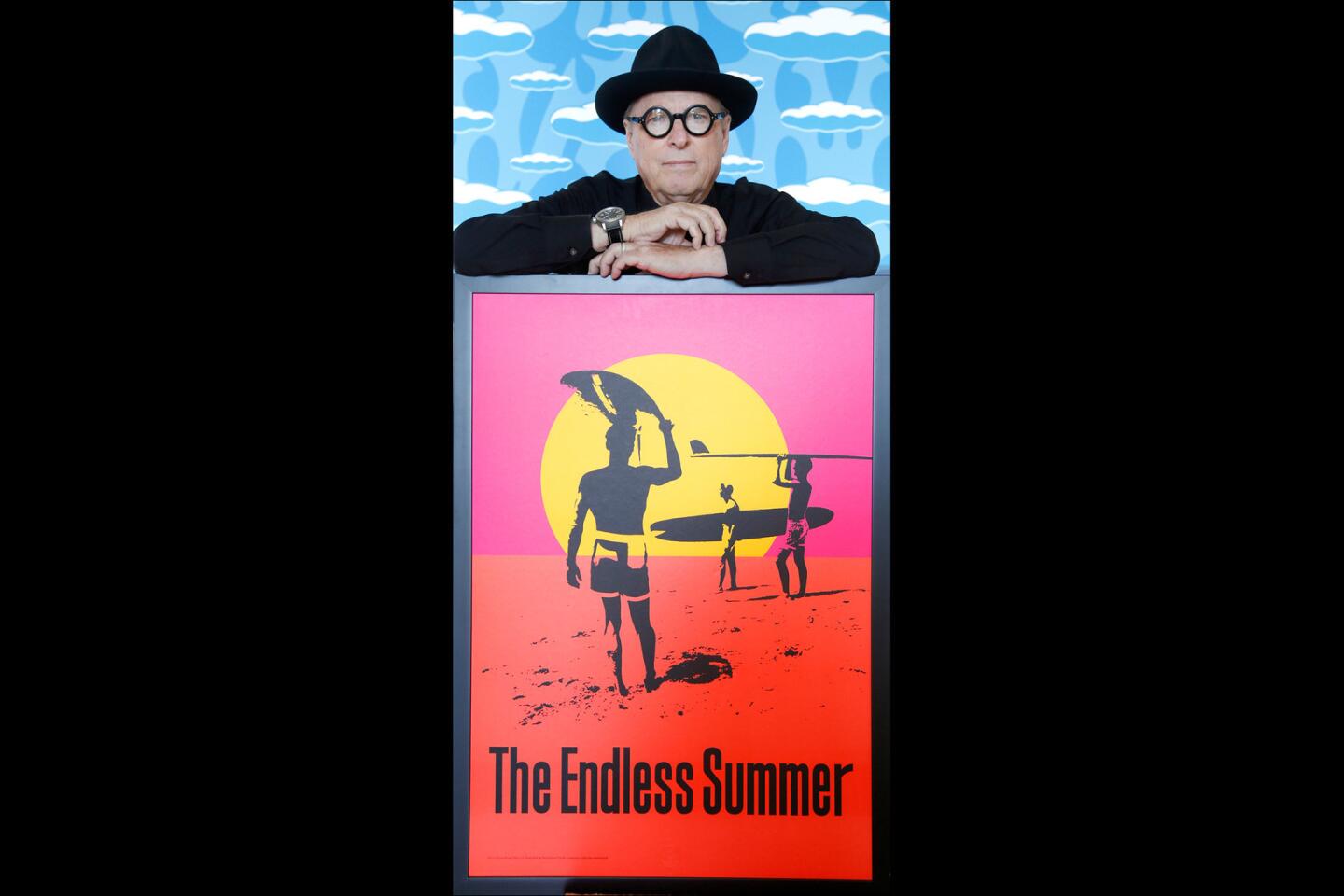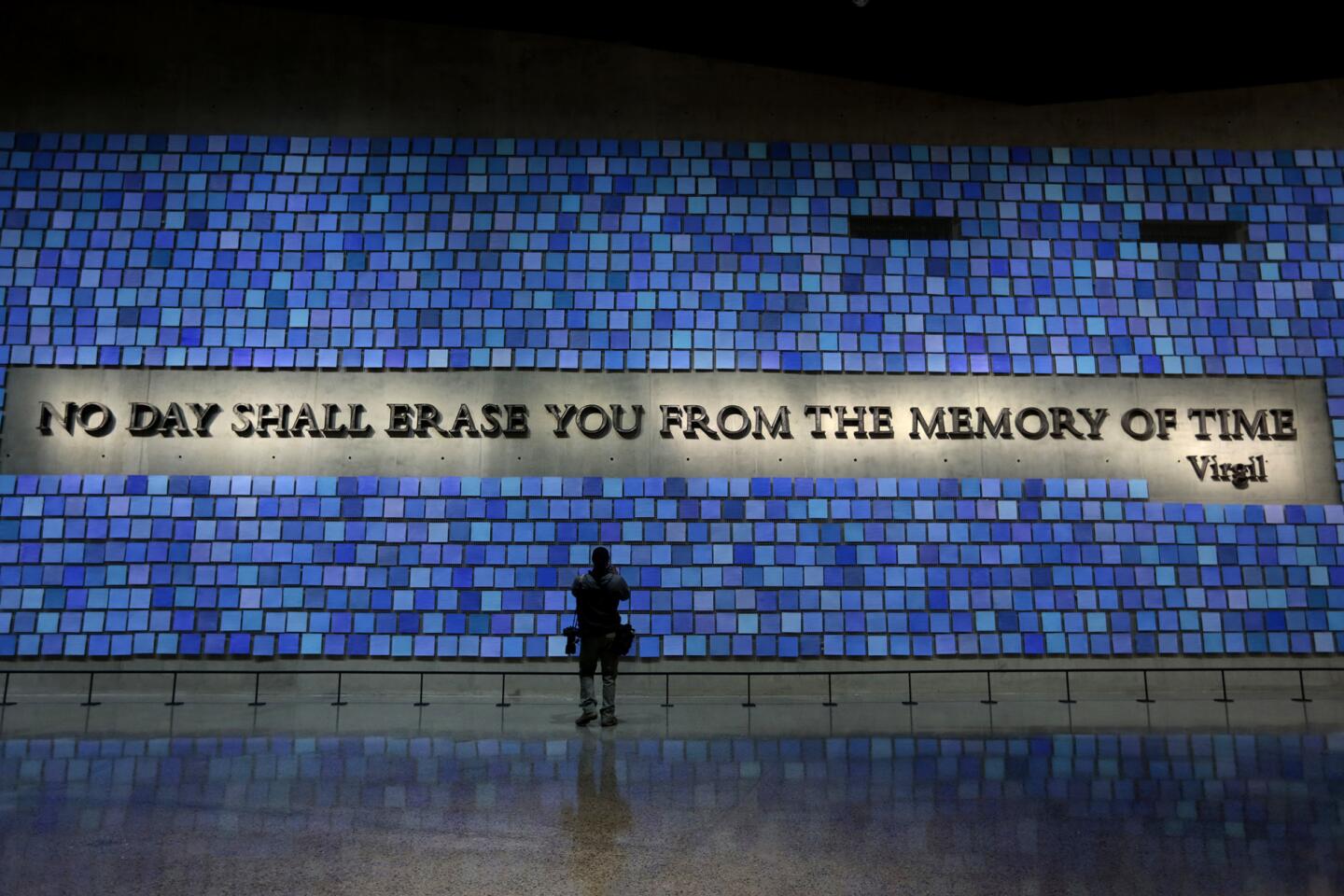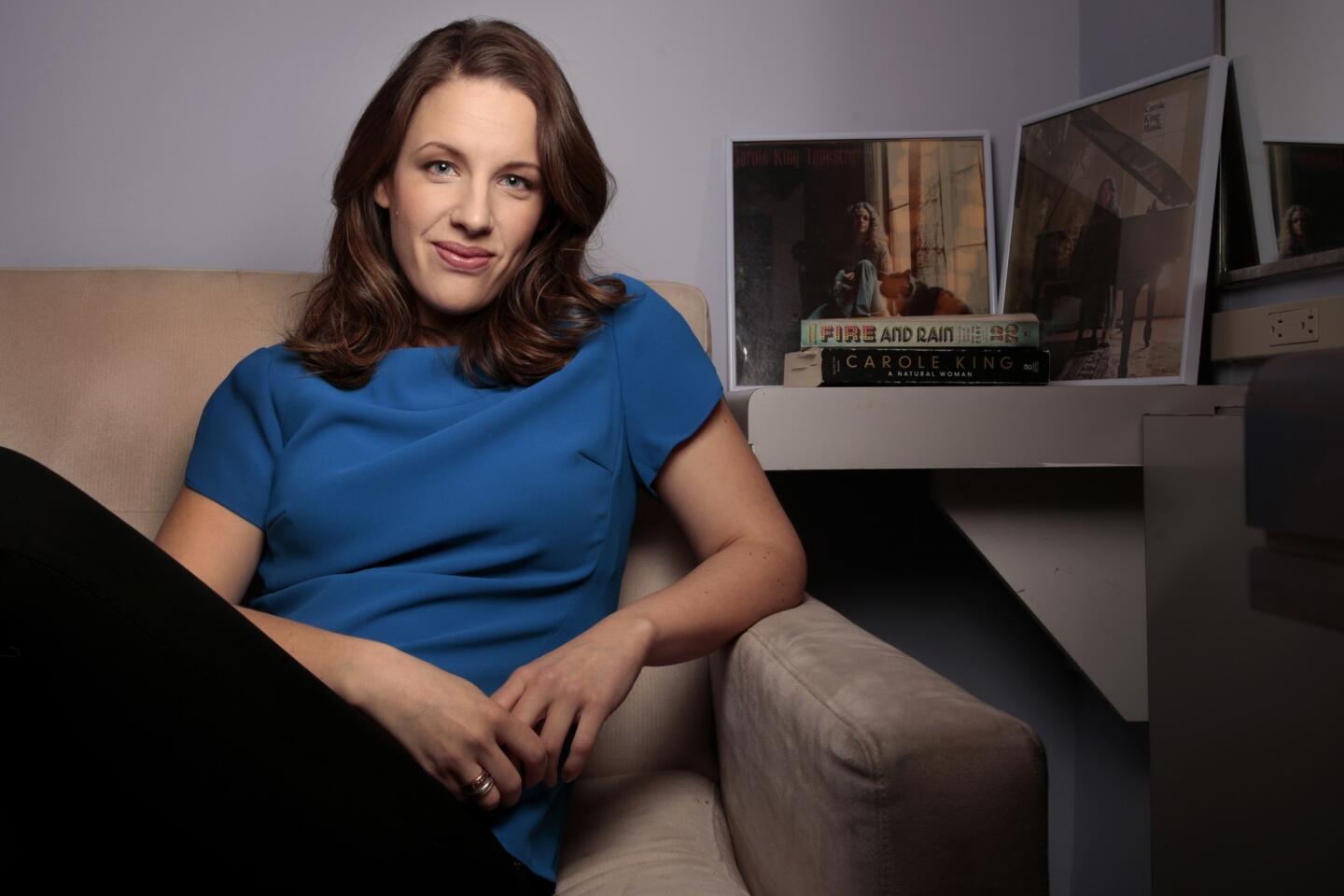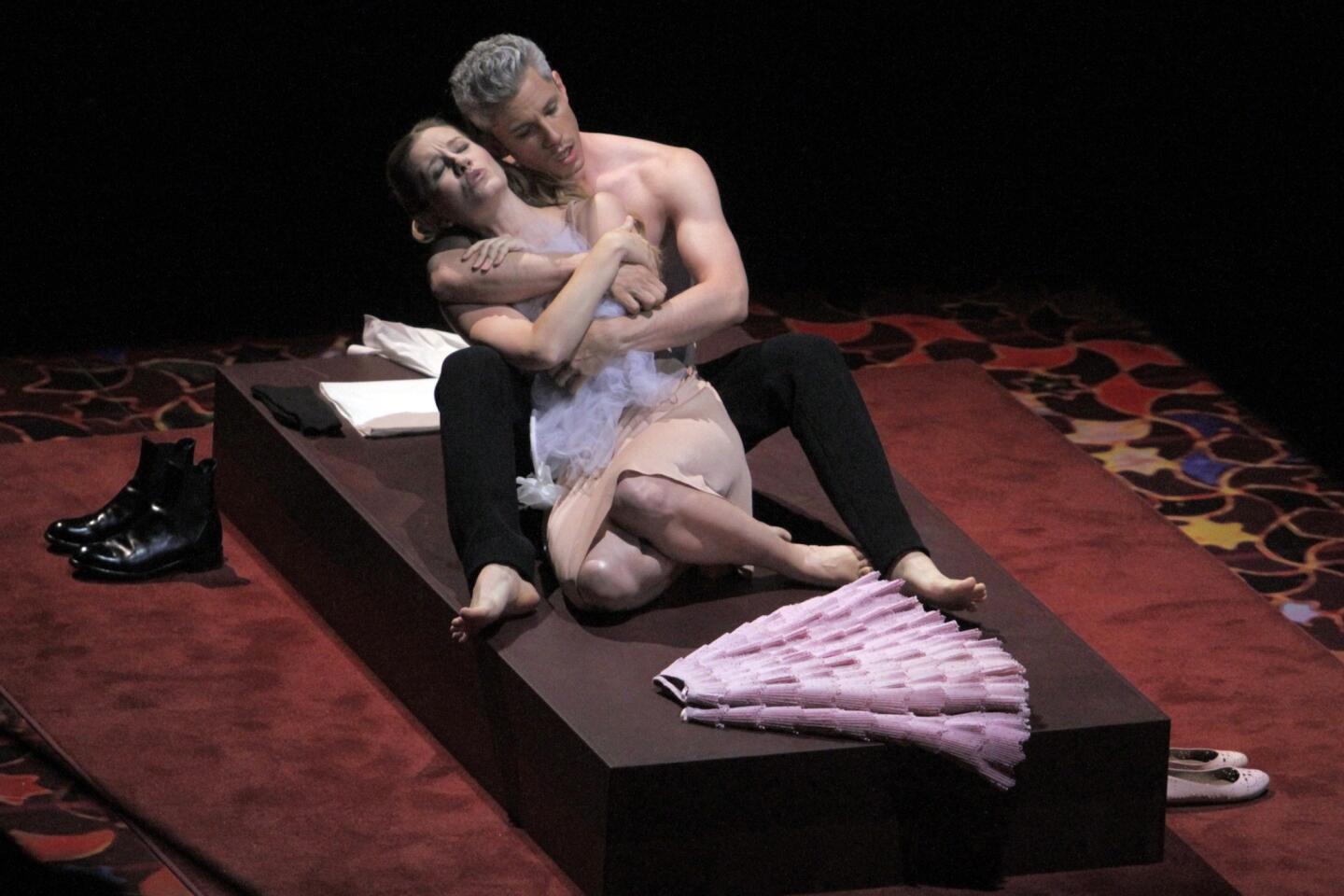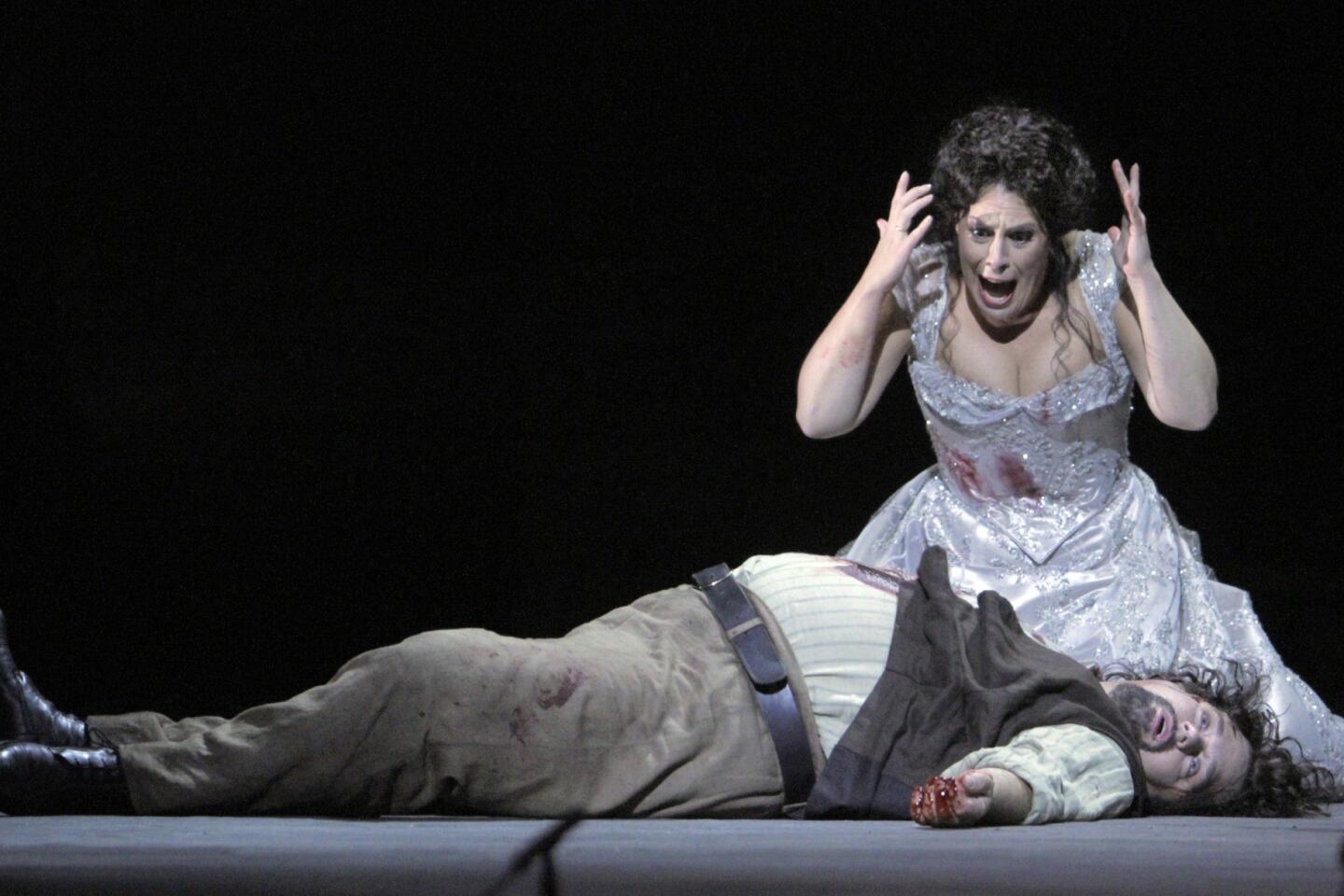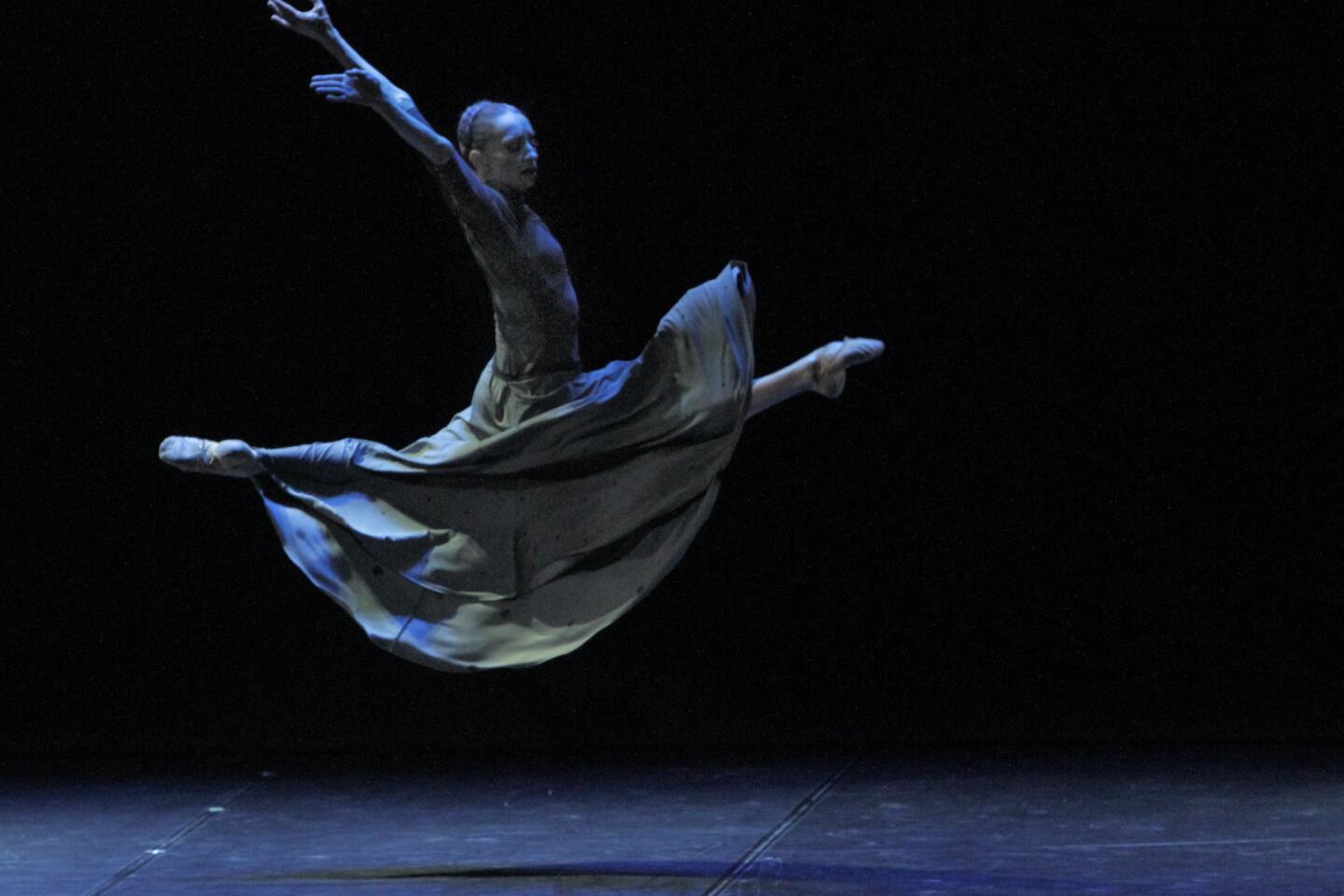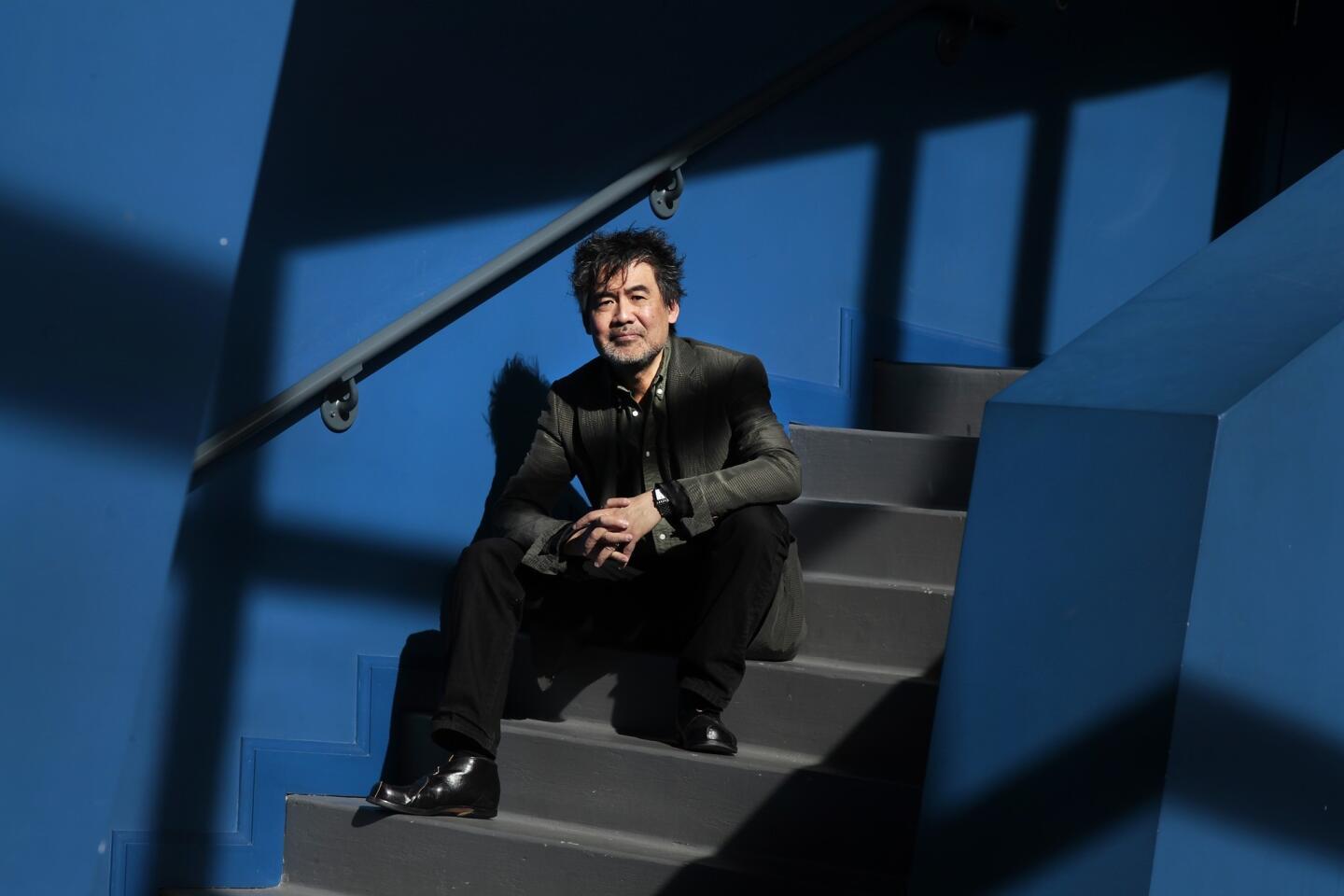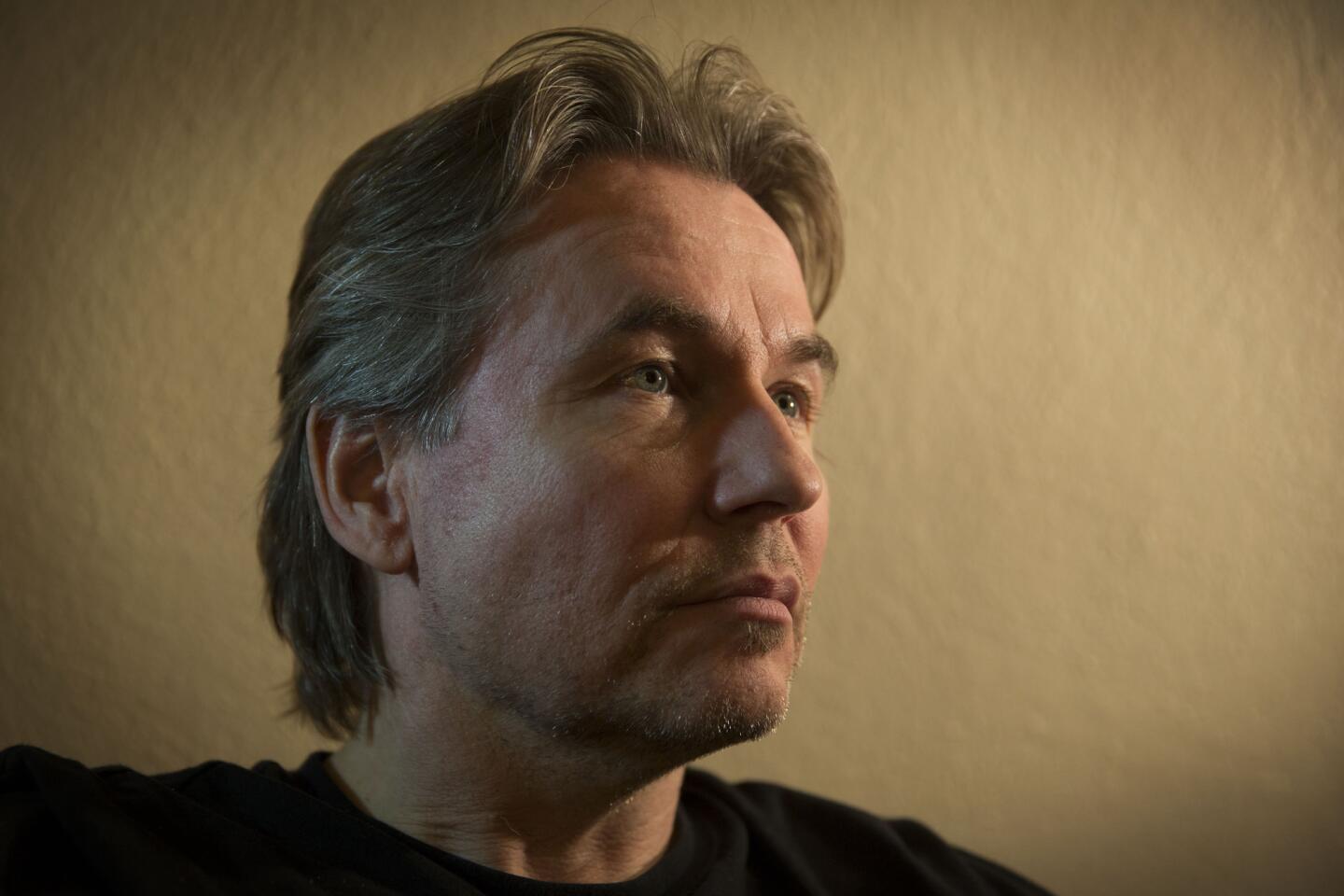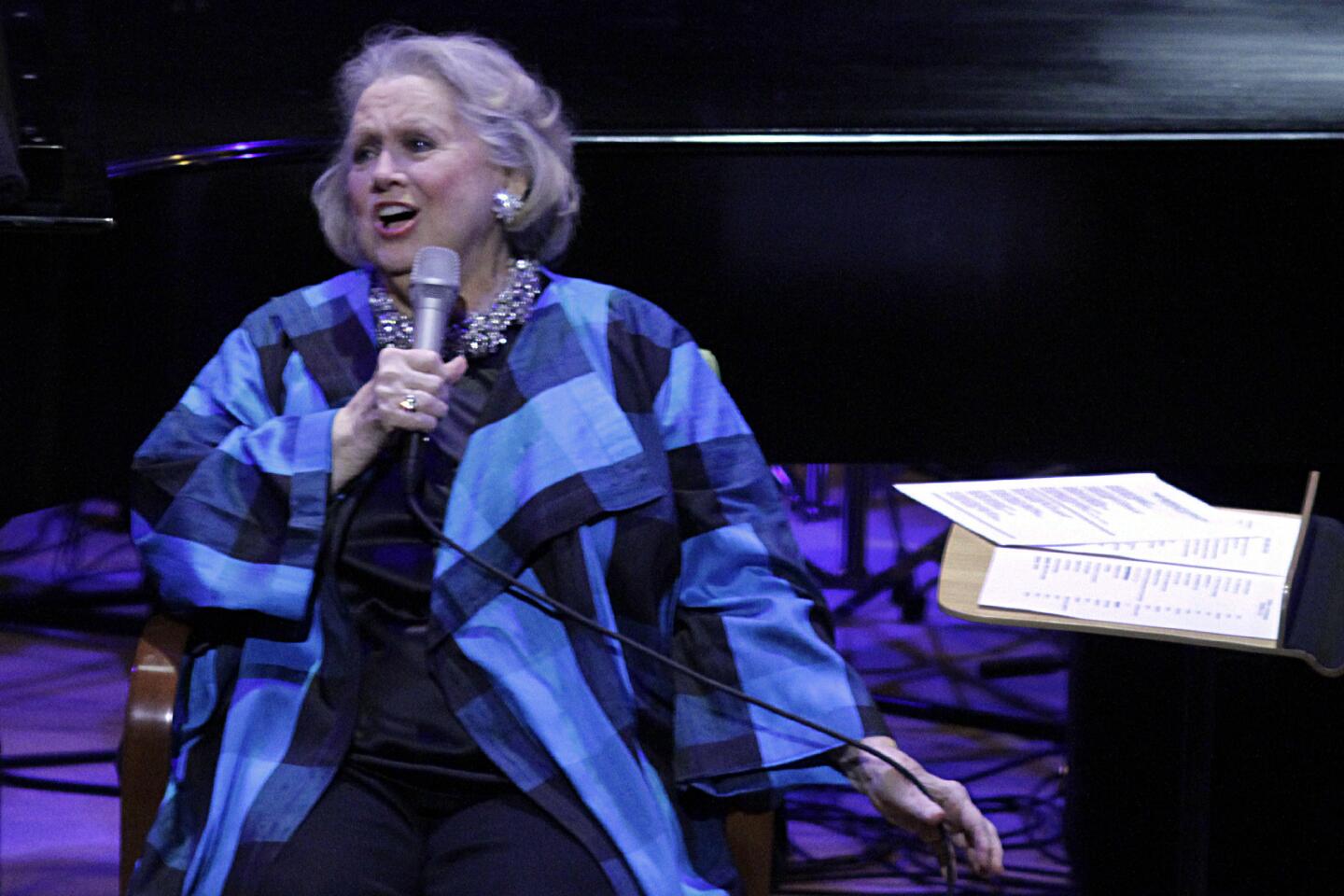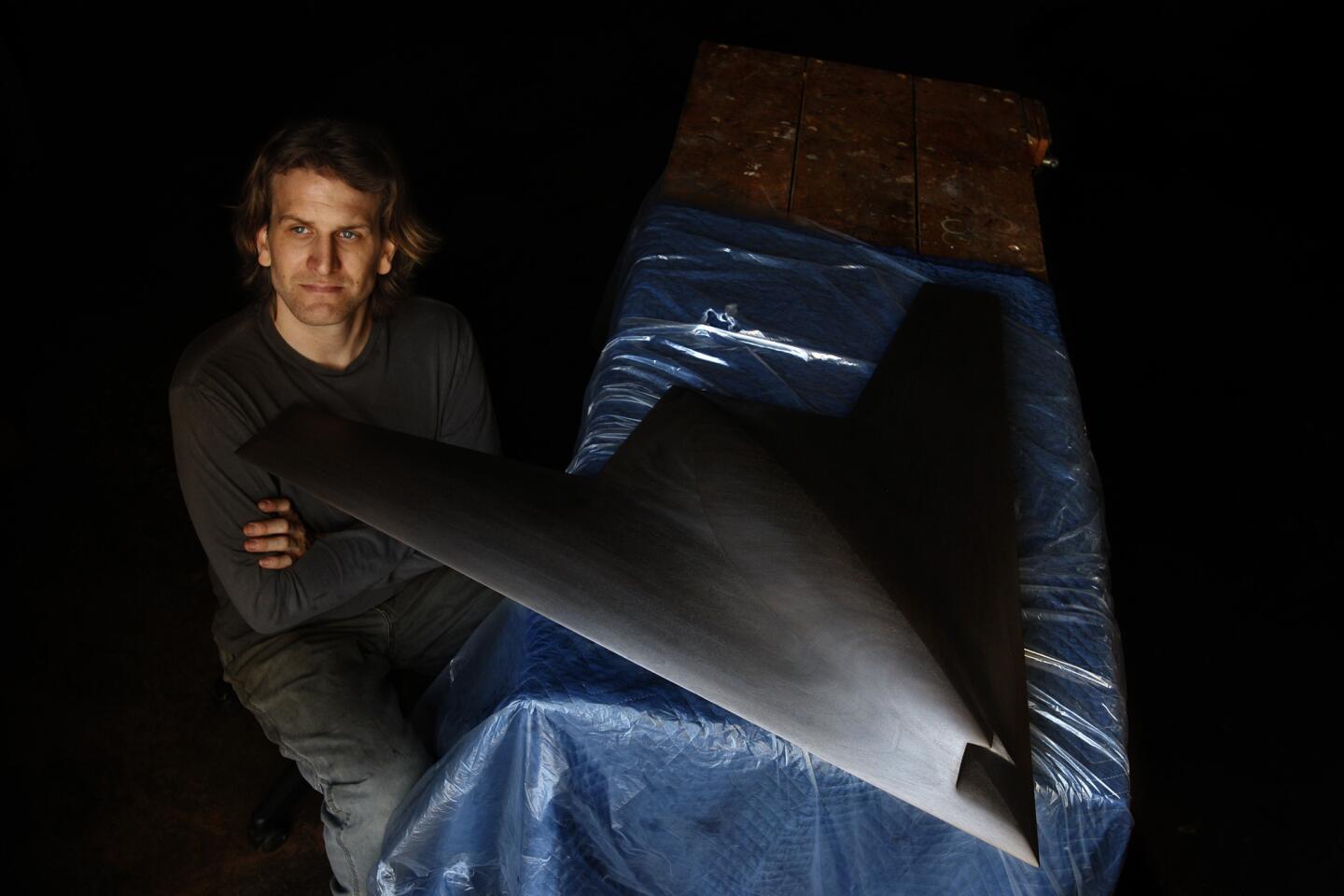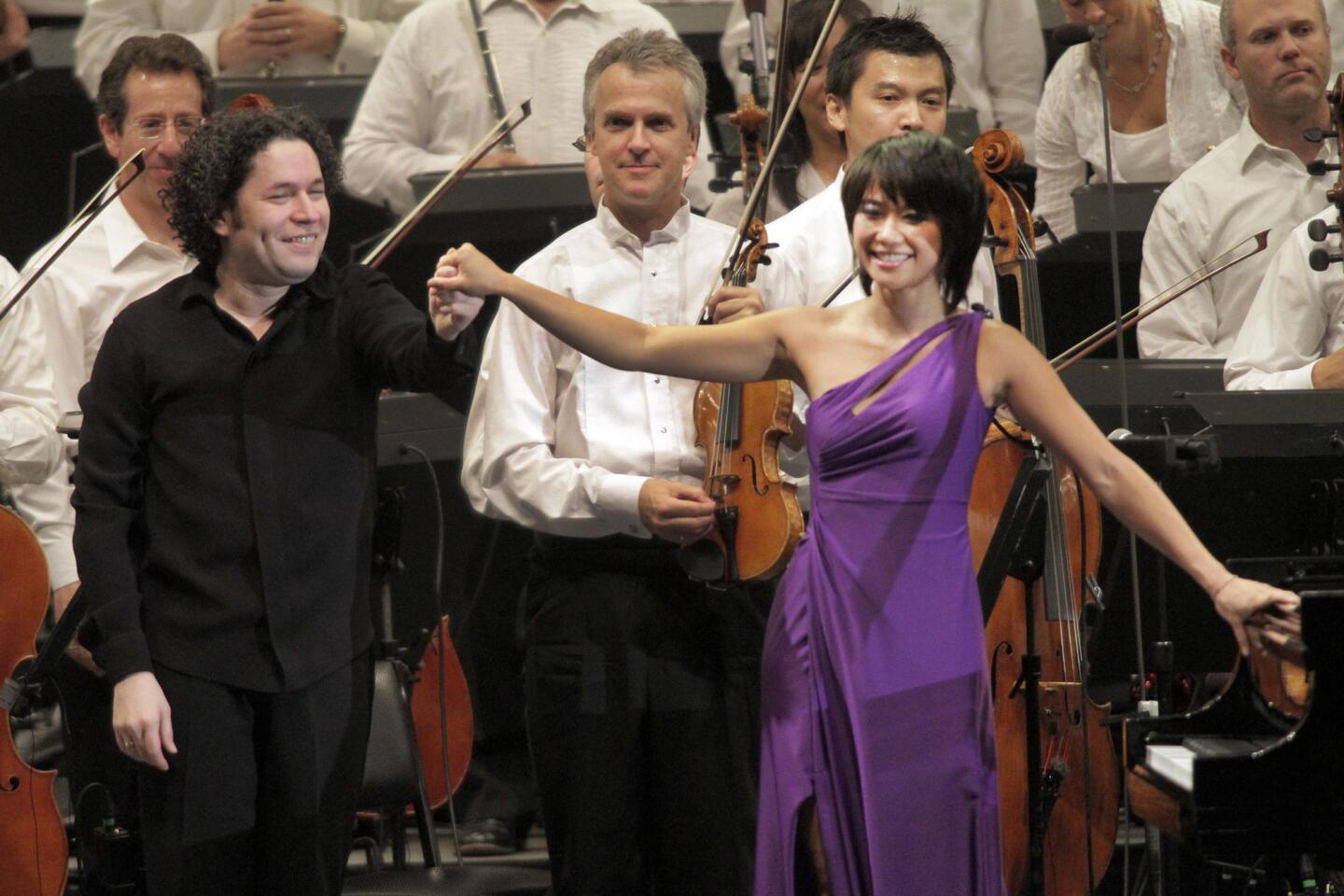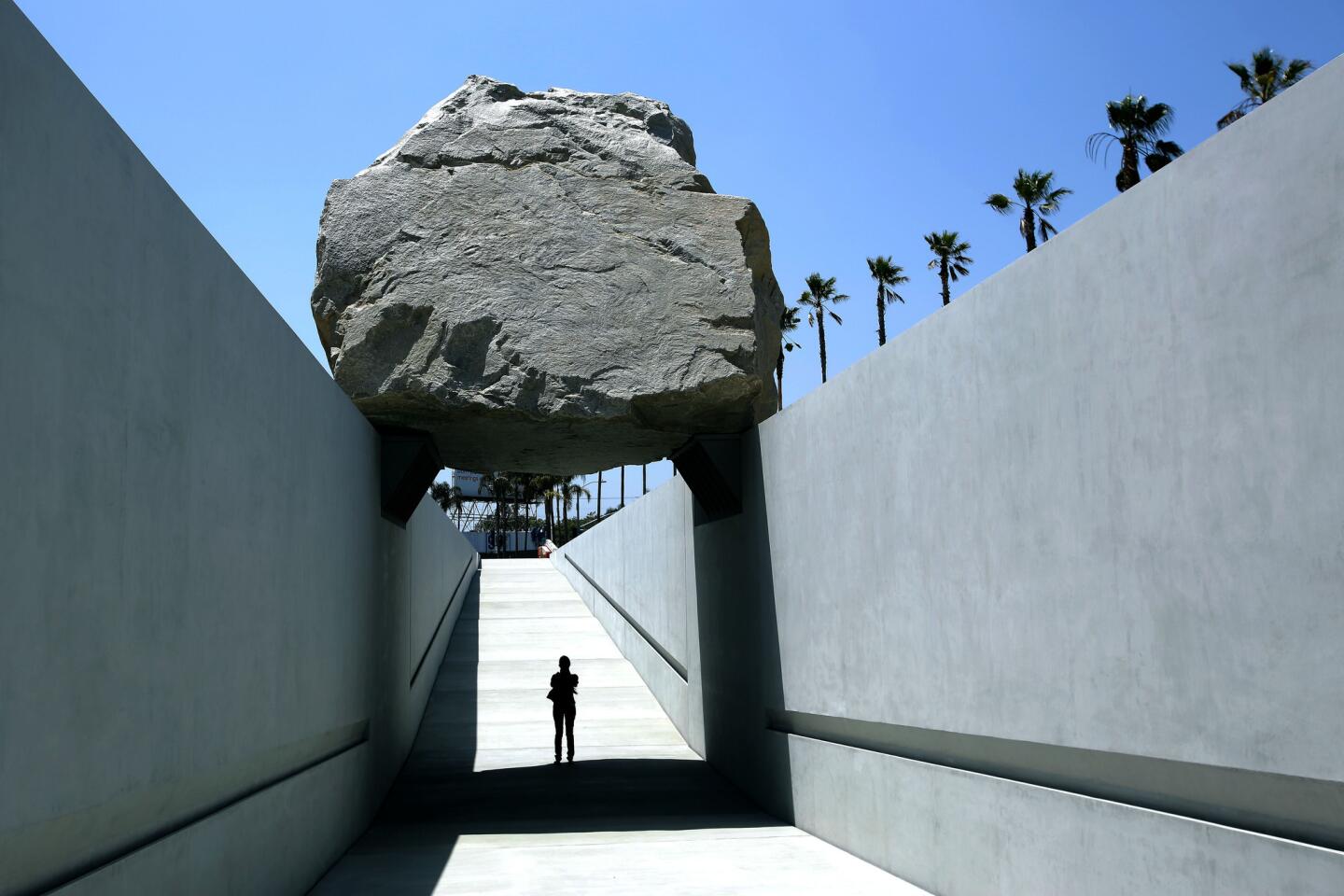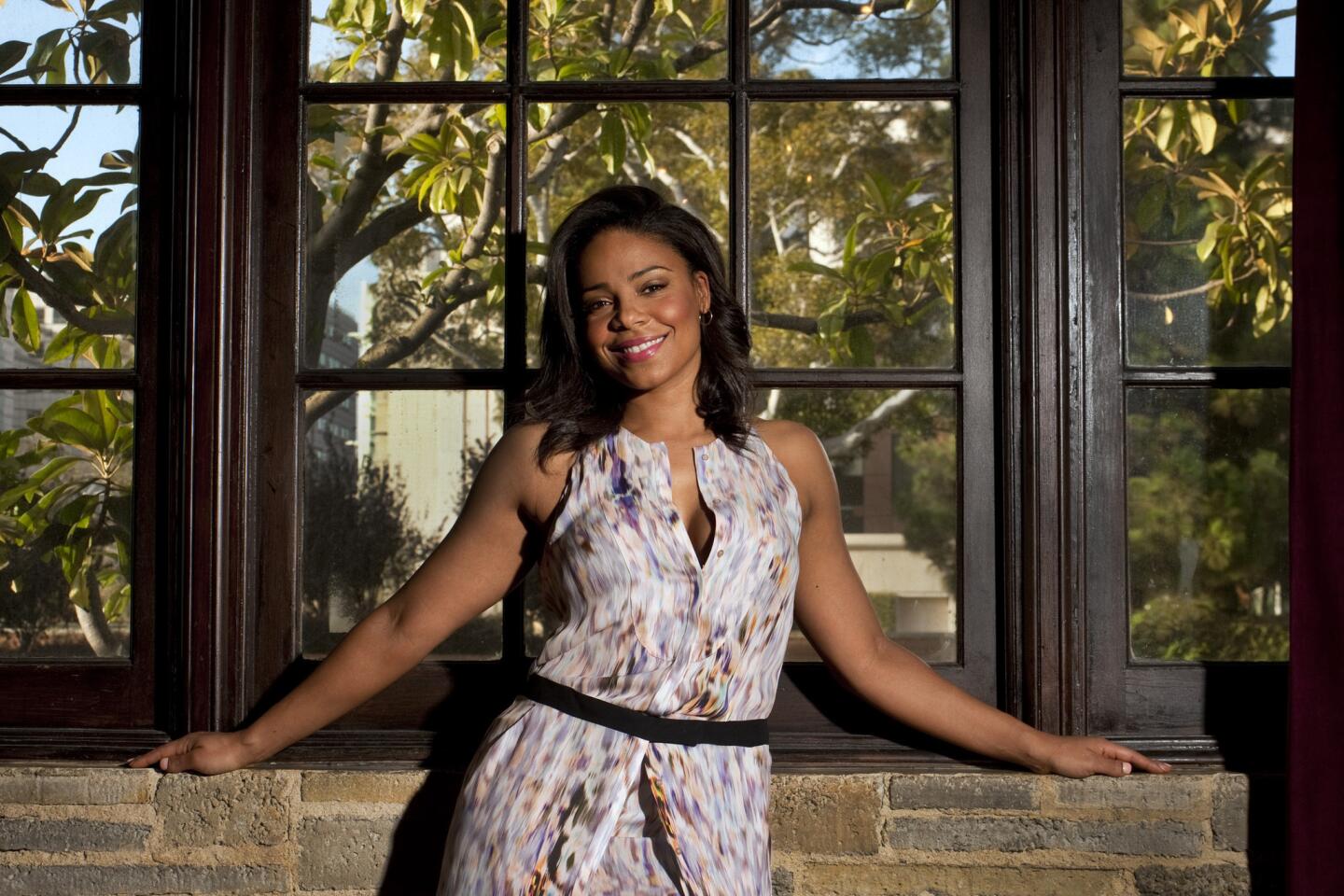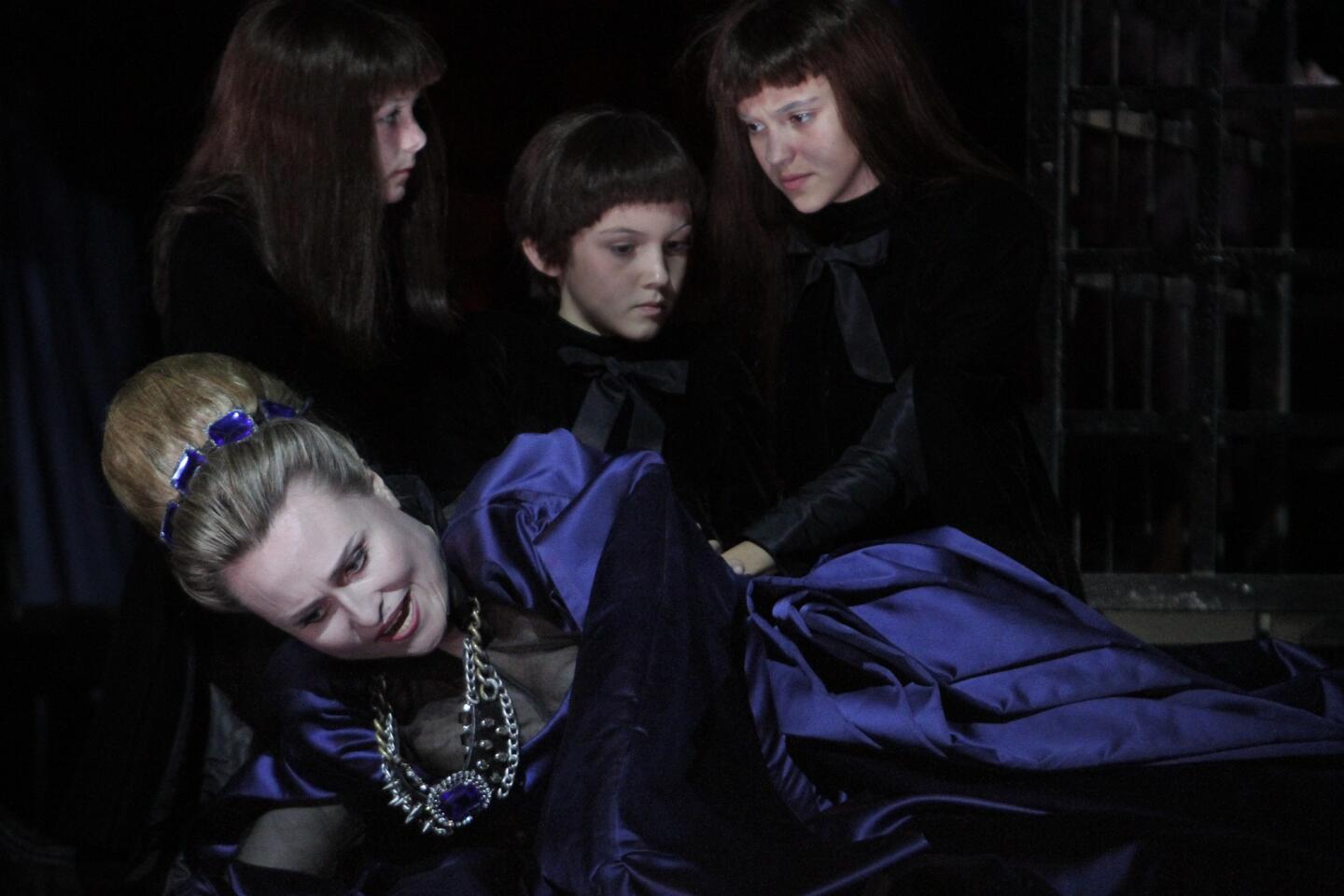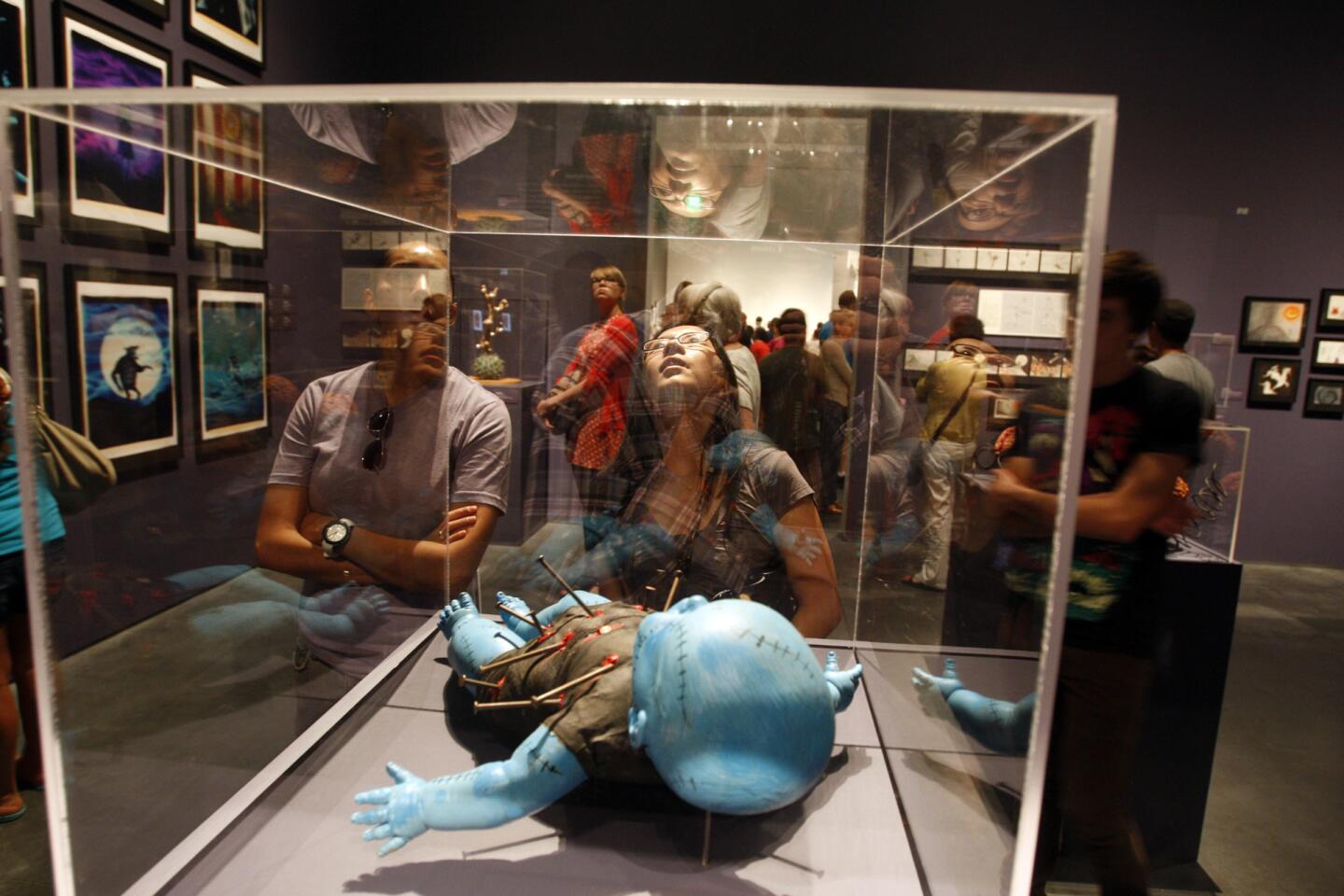Review: Dudamel keeps things light in Bach, Mozart and Mendelssohn
- Share via
It hasn’t always been so, but symphony orchestras these days fear Bach. Many modern philharmonics, intimidated by period-practice specialists, consign the composer often cited as the greatest ever to early-instrument ensembles. On the rare occasions when a timorous modern symphony does do Bach, it begs an excuse — a big-band arrangement by Stravinsky or Stokowski, say, or a special festival with big-scaled works, as the New York Philharmonic recently did.
Thursday night at Walt Disney Concert Hall, Gustavo Dudamel had a go at something less orthodox with the Los Angeles Philharmonic. He began an ordinary program with one of Bach’s more than 200 extant church cantatas and did not tap a familiar solo. He picked Cantata No. 60, “O Ewigkeit, du Donnerwort” (O Eternity, you Thunderous Word).
Oh, dear, that’s the “fear of death” cantata.
FULL COVERAGE: 2013 Spring arts preview
Near the end of the scary, short cantata for three vocal soloists and chorus, an alto (a boy in Bach’s day) sings in heightened, frightened recitative that what every mortal most fears is death. A consoling bass mellifluously proclaims that the dead are blessed. Not convinced, the alto dreads damnation and agonizes, as the L.A. Phil translated the text in its projected titles, over flesh entering into the worms’ possession.
Yes, this sounds gruesome, but the cantata made a marvelous concert opener. Bach ultimately supplies such solace that produced in pill form his music might be prescribed as an anti-depressant.
This was also the first Bach that Dudamel has conducted in Los Angeles, and he must have wanted to do it pretty badly, given that the performance required hiring three vocal soloists for the brief cantata, along with contracting members of the Los Angeles Master Chorale to sing the concluding chorale, “Es ist Genug” (It is Enough), which lasts barely more than a minute.
It was, in fact, just the right amount. Using a small orchestra Dudamel nicely negotiated between opposing schools of Bach performance. He allowed modern instruments to produce their luxuriant singing sounds but tempered them enough to keep counterpoint clean. The singers were expressive. Mezzo-soprano Elizabeth DeShong sounded more like a full-bore, opulent alto, and wonderfully so. Tenor Benjamin Bliss and bass-baritone Kelly Markgraf, along with suave orchestral solos from violinist Nathan Cole and oboist Ariana Ghez, were all finely gauged.
PHOTOS: Arts and culture in pictures by The Times
The cantata, moreover, made sense programmatically. Dudamel ended the evening with Mendelssohn’s Symphony No. 5 (“Reformation”), which has a final movement that alludes to a Bach chorale. The central piece was Mozart’s Violin Concerto No. 3, with concertmaster Martin Chalifour as soloist. And the cantata has a violin concerto connection as well. Berg based his the final movement of his violin concerto on “Es ist Genug.”
The more substantive Berg concerto, the composer’s final work, rather than the youthful one by a 19-year-old Mozart, would have, thus, seemed ideal to follow the cantata. But the orchestra’s upcoming big May event will be a production of Mozart’s “The Marriage of Figaro,” and Dudamel had another surprise up his sleeve. His Mozart has often been on the slow and heavy side. This time he led the concerto’s accompaniment in a delightfully bright, quick manner without having the strings dig in, somewhat in the mode of the period-practitioners.
Chalifour is by occupation a chameleon, a concertmaster you can count on in an orchestra with the broadest repertory in the business. When he appears as soloist, that is true as well. He may choose a Romantic classic, a difficult new work or a rare Russian concerto. His Mozart was refined, without fuss or muss, if less distinctive than his way with more contemporary music. His most personal statement was the gorgeous sound he produced in the early 20th century cadenzas by Sam Franko.
CHEAT SHEET: Spring Arts Preview
Mendelssohn’s Symphony No. 5 is another product of a 19-year-old. It was a symphonic problem child and is not performed often. It has a pompous religious character, beginning with a heavy introduction and adamant first movement, ending with the chorale extravaganza. The two movements in between, typically bouncy Mendelssohn scherzo and a modest slow movement, don’t quite fit.
Dudamel’s only unsuccessful recording is of Mendelssohn’s Third Symphony (“Scottish”) with the Vienna Philharmonic released on LP only last year. The performance, like the high-grade vinyl it is pressed on, feels like it weighs a ton.
The temptation would then seem for Dudamel to add industrial-strength Brucknerian metal and mettle to the “Reformation.” He does the opposite. He enthuses with grandness where absolutely needed, but he otherwise retains the Bachian and Mozartean qualities he had shown in the first half of the concert, and that works brilliantly. Thanks to Dudamel and an ideally tart L.A. Phil, a reformed “Reformation” loses its sour sense of overstated pomp and soars.
Dudamel’s not done with “Reformation,” but he is for the time being with Bach. He will repeat the Mendelssohn symphony in an otherwise new program in L.A. Phil concerts (all but sold out) at the Renée and Henry Segerstrom Concert Hall in Costa Mesa May 24 and in Disney Hall May 26. The worms stay home.
More to Read
The biggest entertainment stories
Get our big stories about Hollywood, film, television, music, arts, culture and more right in your inbox as soon as they publish.
You may occasionally receive promotional content from the Los Angeles Times.

